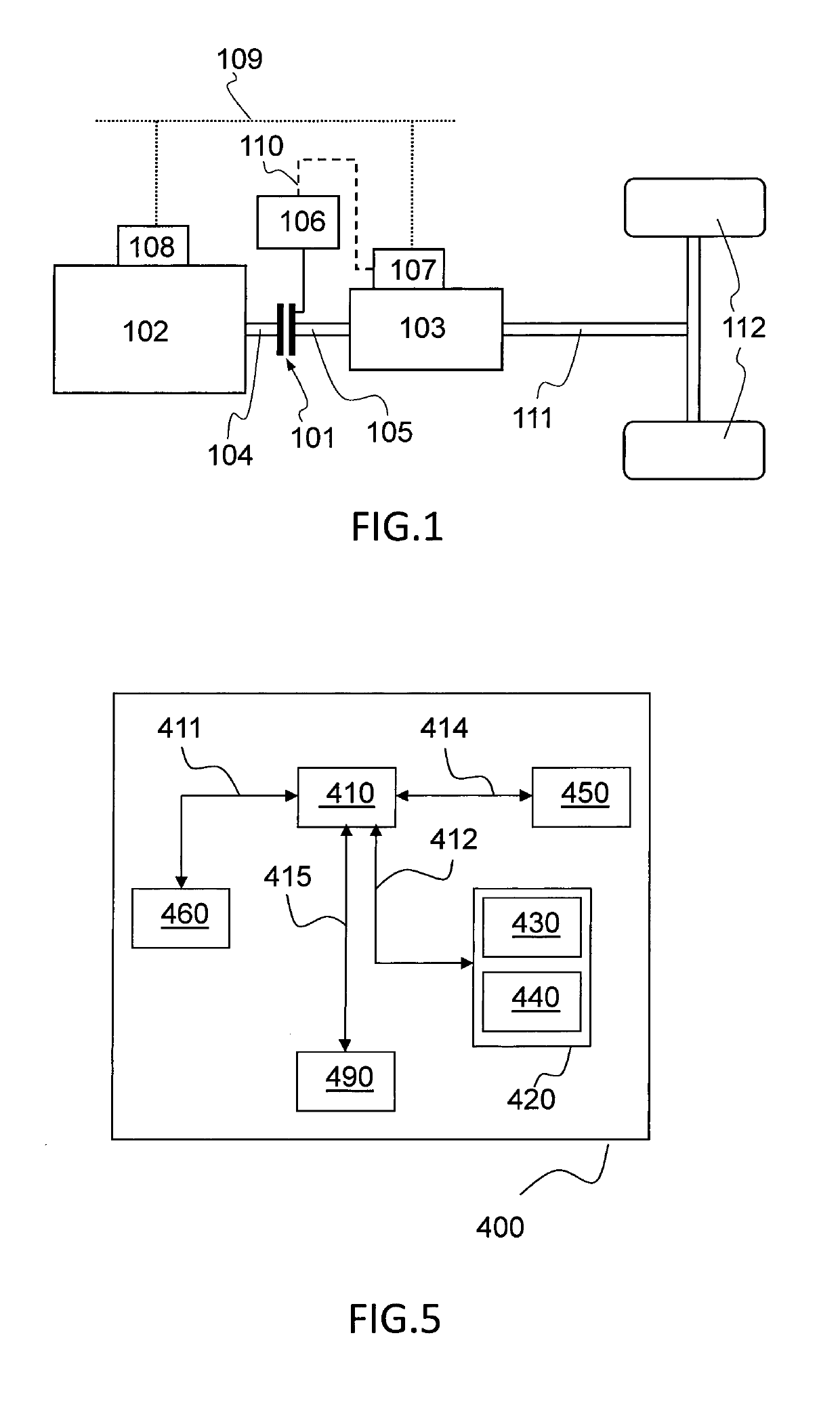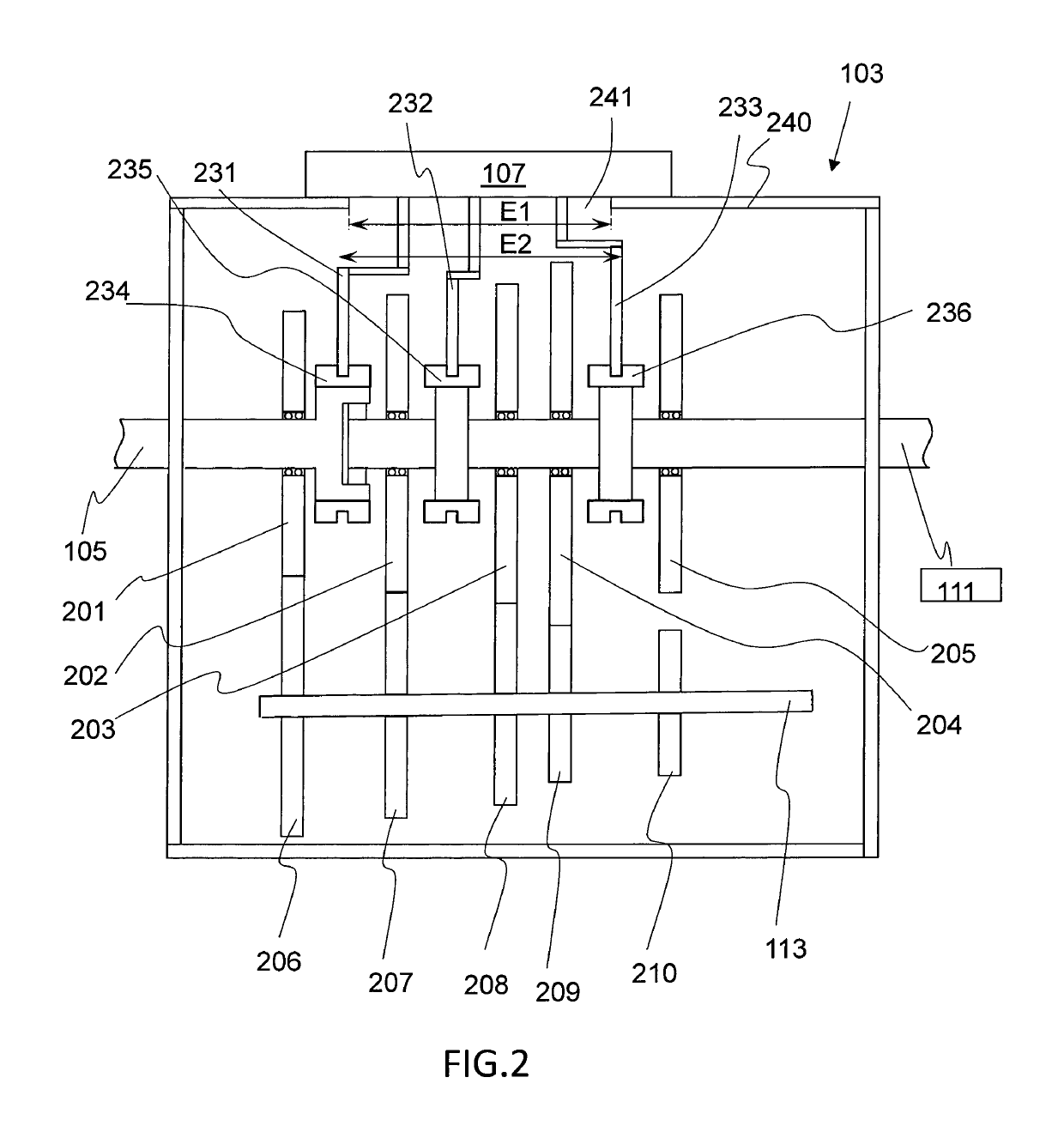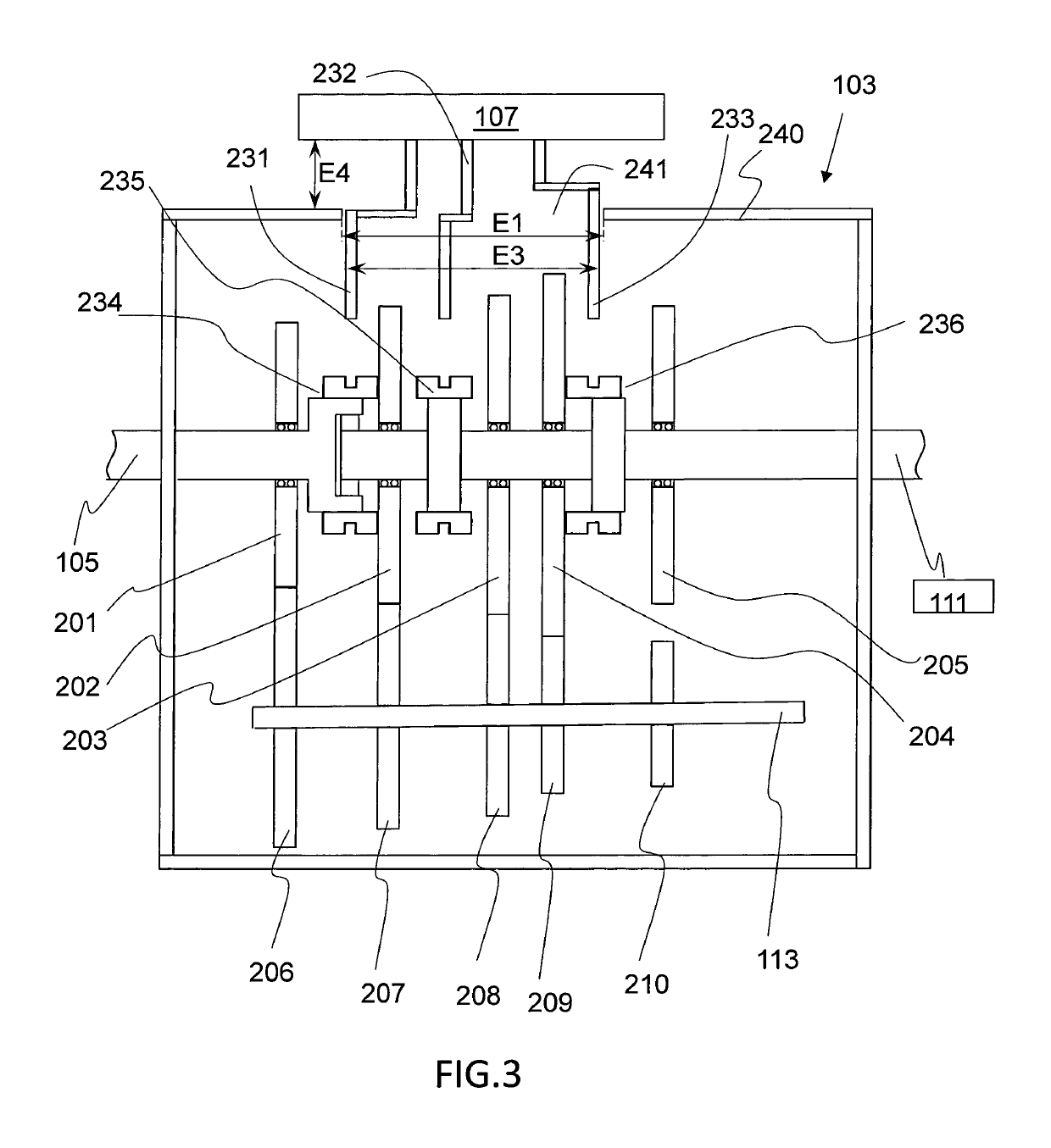Method for automatic calibration of automatic transmission
a technology of automatic transmission and automatic transmission, which is applied in the direction of mechanical equipment, vehicle sub-unit features, transportation and packaging, etc., can solve the problems of reducing the risk of performing a calibration, and slowing down the transmission power-up. , to achieve the effect of promoting more optimal operation of such vehicles, improving fuel economy, and optimising the performance of automatic transmissions
- Summary
- Abstract
- Description
- Claims
- Application Information
AI Technical Summary
Benefits of technology
Problems solved by technology
Method used
Image
Examples
Embodiment Construction
[0026]Various aspects of the disclosure will hereinafter be described in conjunction with the appended drawings to illustrate and not to limit the disclosure, wherein like designations denote like elements, and variations of the described aspects are not restricted to the specifically shown embodiment, but are applicable on other variations of the disclosure.
[0027]FIG. 1 shows a schematic overview of an example of a drive train in a vehicle. A master clutch 101 is situated between an engine 102 and a transmission 103, connecting a crankshaft 104 of the engine 102 to a rotatable transmission input shaft 105 of the transmission 103 of the vehicle.
[0028]A transmission output shaft 111 connects the transmission 103 with driving wheels 12 of the vehicle. When the clutch 101 is in an engaged position, it transfers torque between the crank shaft 104 and transmission input shaft 105, and when the clutch is in a disengaged position, the crank shaft 104 and input shaft 105 are decoupled from ...
PUM
 Login to View More
Login to View More Abstract
Description
Claims
Application Information
 Login to View More
Login to View More - R&D
- Intellectual Property
- Life Sciences
- Materials
- Tech Scout
- Unparalleled Data Quality
- Higher Quality Content
- 60% Fewer Hallucinations
Browse by: Latest US Patents, China's latest patents, Technical Efficacy Thesaurus, Application Domain, Technology Topic, Popular Technical Reports.
© 2025 PatSnap. All rights reserved.Legal|Privacy policy|Modern Slavery Act Transparency Statement|Sitemap|About US| Contact US: help@patsnap.com



